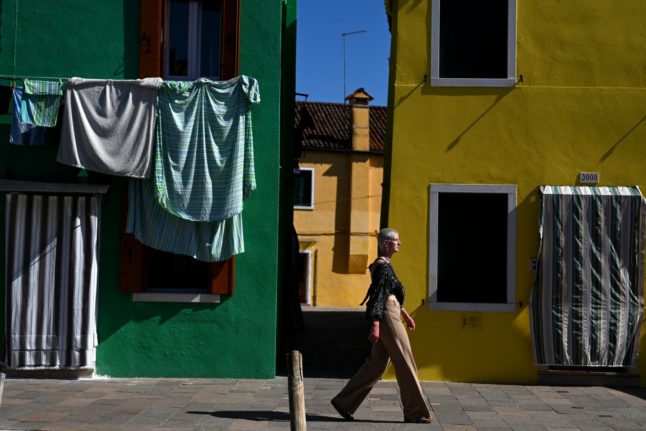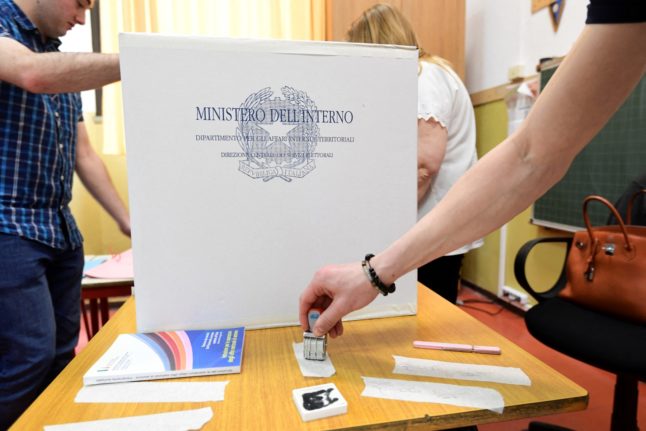According to the latest data from Italian statistics office Istat, Italy is currently home to over five million foreign nationals, who make up around 8.7 percent of the country’s total population.
This data only refers to people who have officially registered their status as residents with local authorities, and doesn’t include foreign nationals who only spend part of the year in Italy or dual citizens.
But exactly how many of these residents come from English-speaking countries and where do they all live?
Brits are the largest English-speaking community
There are some 51,870 residents from Anglophone countries across Italy – that’s around one percent of the total foreign population.
For context, the Romanian community, which is the largest in the country, is made up of well over a million residents and accounts for roughly 21 percent.
Out of all the native English-speaking residents, Brits are by far the most represented group as around 27,760 UK nationals – that’s over half of Italy-based Anglophones – are known to live in the country.
The top three is completed by the US with 15,580 residents and Ireland with 3,660.
Then there’s Canada (2,230), Australia (1,520), South Africa (770) and New Zealand (350).
Lombardy is the most popular region
Lombardy, which boasts the largest job market in the country and includes Italy’s financial capital Milan, is home to some 9,220 native English-speaking residents, making it the most popular region for Anglophones.
The UK is once again the most represented country here as around 4,890 British nationals – that’s nearly 18 percent of all Brits in Italy – live in the northern region.
But Lombardy also has a sizeable US community as 2,610 Americans live in the area.
Lazio, which includes Italy’s capital, Rome, is ‘only’ the second-most popular region for Anglophones to move to.
While it has a lower number of English-speaking residents in total, Lazio is the first choice for Americans (2,940 residents) and Canadians (430).
Tuscany’s the third-most popular destination for all English-speaking communities except South Africans.
Other regions with notable numbers of English speakers are: Emilia-Romagna, which includes Bologna; Veneto, home to Venice; and Piedmont, including its industrial hub, Turin.
Rome’s appeal
While it might not have the slick economy of the northern metropolises, Rome's tourism industry, government institutions and cultural cachet are enough to make it the single top city for native English speakers.
READ ALSO: Moving to Italy: How much does it cost to live in Rome in 2024?
Around 7,000 Anglophones live in the Eternal City, with Brits (3,130 residents) and Americans (2,550) being the largest communities.
Interestingly, Rome acts as a magnetic pole for the entire region as over 80 percent of UK and US nationals living in Lazio are concentrated in the city.
After Rome, Milan and Florence are Anglophones’ favourite city destinations.
Milan is home to 4,640 native English speakers, with over half of them being originally from the UK, whereas Florence has around 2,500 English-speaking residents.
Anglophones tend to avoid southern regions…and the Aosta Valley
All of Italy’s southern regions have comparatively lower numbers of native English-speaking residents, with the lack of job opportunities in the area likely being the main determining factor.
Basilicata and Molise are the second- and third-least popular regions, with just 188 and 221 English-speaking residents respectively.
That said, the region where you're least likely to hear English spoken is not in the south of the country.
In fact, the Aosta Valley, a small autonomous region in the north-west of the peninsula, is home to as few as 151 Anglophones – though this shouldn't come as much of a surprise, as this is the least populous region in Italy.



 Please whitelist us to continue reading.
Please whitelist us to continue reading.
Member comments